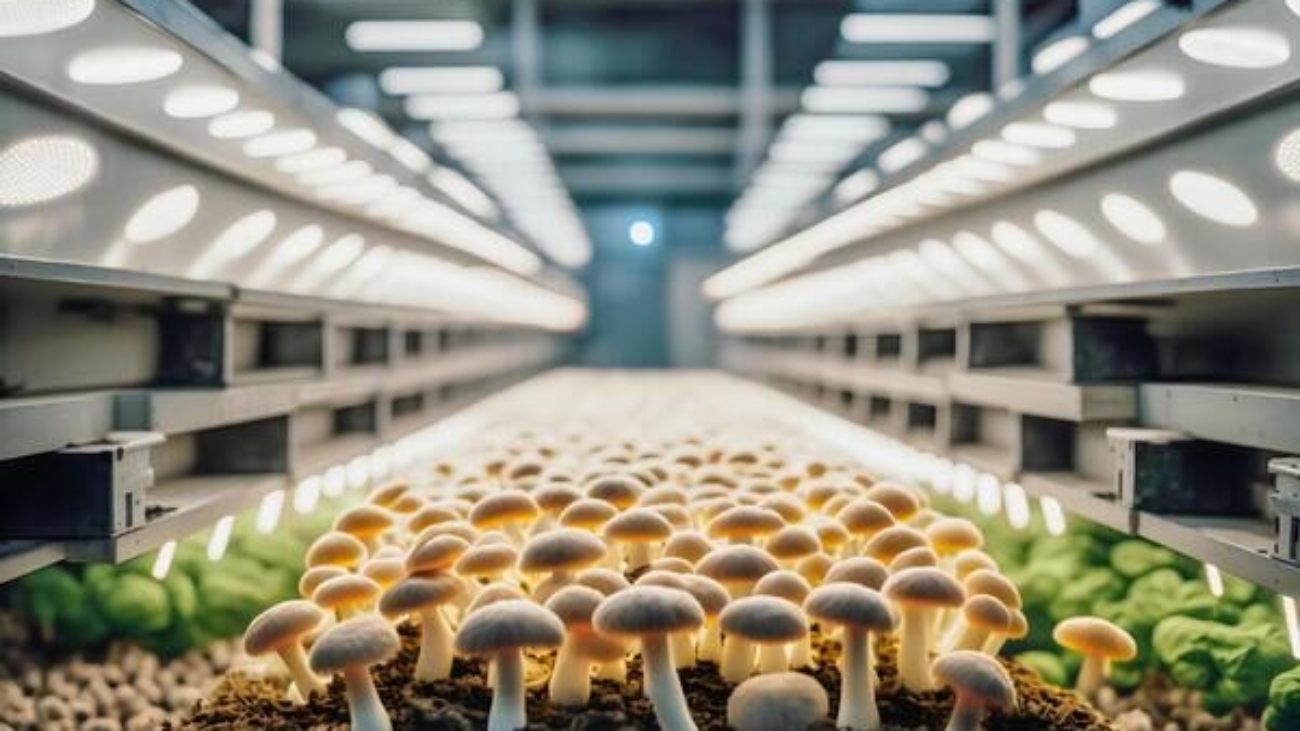Growing mushrooms at home can seem daunting, but with the right guidance, it’s an achievable and rewarding endeavor. This comprehensive guide will walk you through every step of the mushroom farming process.

- Understanding Mushroom Growth: Explain the life cycle of mushrooms, from spores to mature fruiting bodies.
- Choosing the Right Mushroom Species: Discuss various types of mushrooms and their growing requirements, helping readers choose the best species for their needs and environment.
- Setting Up Your Grow Space: Provide tips on creating an optimal growing environment, including substrate preparation, humidity control, and temperature management.
- Maintenance and Troubleshooting: Offer advice on maintaining your mushroom farm and addressing common issues such as contamination and environmental imbalances.
- Harvesting and Storage: Describe when and how to harvest mushrooms for maximum freshness and flavor, and share tips on preserving the harvest.
Conclusion: Encourage readers to take the plunge and start their own mushroom farming adventure with a call to action to explore your cultivation kits and resources.





